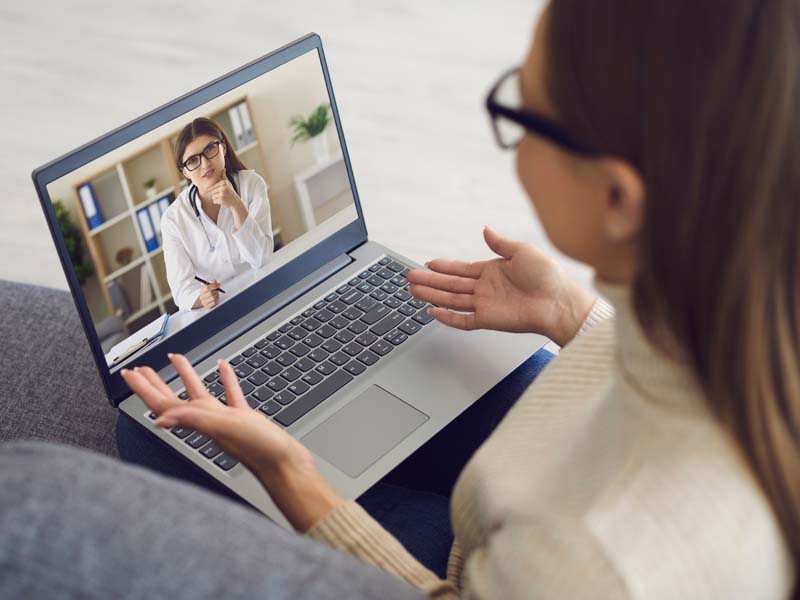
AAFP Win on Telehealth OUD Treatment Sets Stage for Next Push
Feb. 15, 2024, News Staff — In a win for the AAFP’s advocacy, the Substance Abuse and Mental Health Services Administration on Jan. 31 made permanent flexibilities established during the pandemic to treat opioid use disorder by telehealth in opioid treatment programs.

The new final rule reflects the Academy’s guidance on medications for opioid use disorder as well as on telemedicine, but is limited to OTPs — highly regulated facilities or programs that remain the only avenue that can provide all three forms of FDA-approved MOUD: methadone, buprenorphine and injectable extended-release naltrexone. The AAFP continues to press the DEA to expand telehealth prescribing of buprenorphine for OUD in non-OTP settings.
The rule, which goes into effect April 2, allows audio-visual and audio-only telehealth visits to initiate and manage buprenorphine treatment for OUD without requiring an in-person visit. It also permanently allows audio-visual visits to initiate methadone treatment (with other limited flexibilities for audio-only telehealth) and allows physicians to
- prescribe take-home doses of methadone,
- prescribe MOUDs via telehealth without an initial in-person physical evaluation and
- admit patients to OTPs without a one-year demonstrated history of OUD (though other diagnostic criteria apply).
The Academy’s comments on the proposed rule last winter said that telehealth flexibilities begun in 2020 had already “demonstrated improved treatment retention and reduced illicit opioid use.” The letter added that, for buprenorphine specifically, studies had indicated “higher treatment retention rates and greater treatment initiation, even for audio-only visits.”
It’s unclear how many family physicians practice in OTPs; an estimated one-quarter of the U.S. population lacks an OTP in their county, and Wyoming has none. Many patients who would benefit from MOUD are able to see only primary care clinicians for diagnosis and treatment. For this reason, the AAFP is maintaining pressure on SAMHSA and the DEA to expand MOUD telehealth flexibilities.
“Family physicians play a crucial role in safe pain management prescribing practices, screening patients for opioid use disorder and prescribing and maintaining treatment of medications for OUD,” the Academy told SAMHSA. “The AAFP continues to advocate for long-term behavioral health care improvements, like more resources to integrate behavioral health care into accessible primary care setting and improve crisis response and stabilization care. However, these improvements must be accompanied by more immediate action to improve access to lifesaving MOUD treatment.”
The Academy anticipates a separate final rule from the DEA this year governing telehealth prescribing of buprenorphine. In comments on that proposed rule last March, the AAFP called on that agency to “rescind the proposal to require any in-person exam for prescribers of buprenorphine for treatment of OUD.”